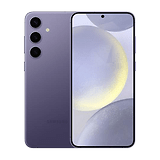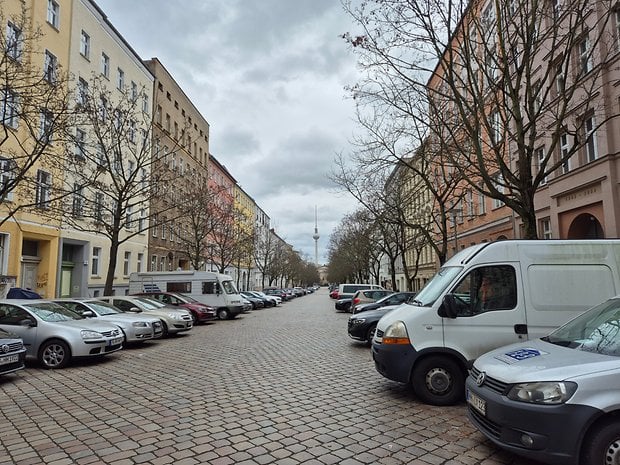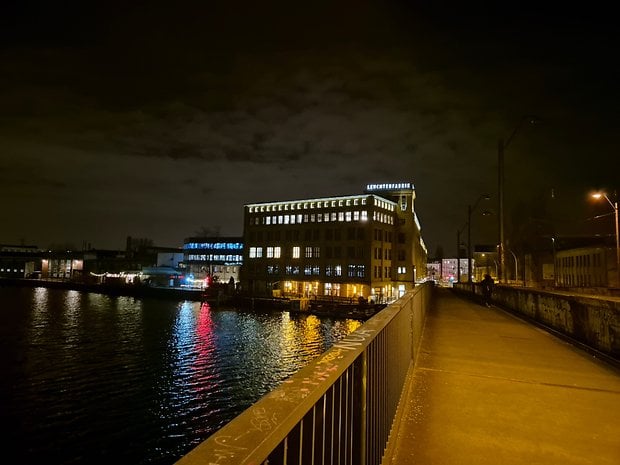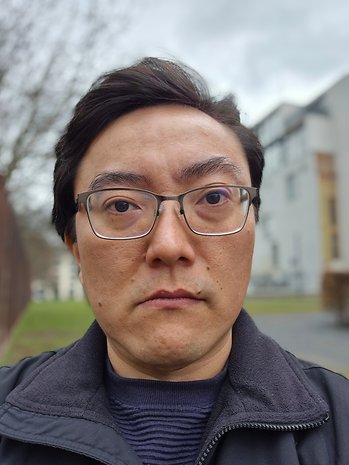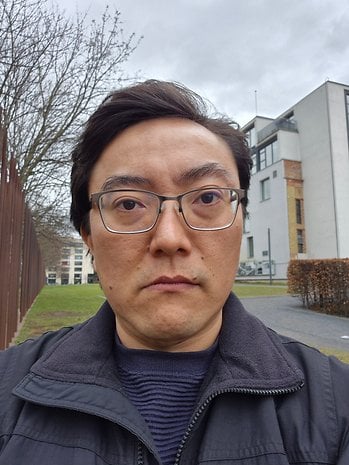Samsung Galaxy S24+ Review: Small But Smart Upgrades
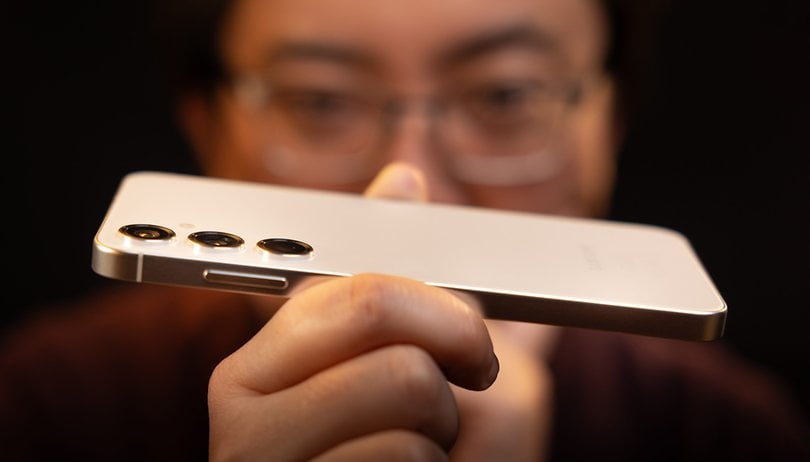

Samsung is betting heavily on AI with the latest update to its Galaxy S series. But that, together with the improved software support, will only be truly useful in the future. For now, we have a Galaxy S24+ that is practically unchanged from its predecessor, with some battery and display upgrades, plus a controversial Exynos chip in the global version. Let's see how the latest Galaxy S24+ performs in this review.
Good
- Brighter, higher resolution OLED display
- Bigger battery
- Seven years of security updates
Bad
- Slow battery charging
- No camera upgrade
- Global version chipset is less efficient
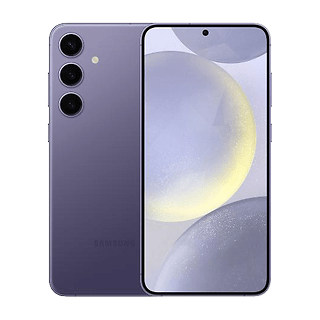
In a nutshell
Announced in mid-January, the Galaxy S24+ is the 2024 edition of the “regular flagship” model from Samsung. The phone sits right under the Galaxy S24 Ultra we recently tested in the company’s line-up for the year, with a bigger display and battery compared to the standard S24.
With similar dimensions to 2023’s Galaxy S23+, the Galaxy S24+ brings some under-the-hood upgrades, like a higher resolution (QHD+, versus FHD+) display that can reach a higher maximum brightness, and a bigger capacity for the battery.
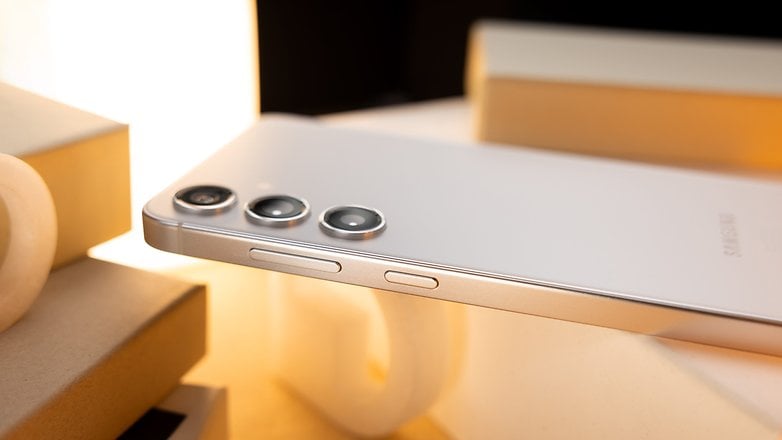
Other important specs were unchanged, just like its MSRP of $999: Charging still tops at 45 W with an optional charger, and the triple camera kit features the same resolution and focal lengths.
The Galaxy S processor drama is back for 2024, with the US model (and apparently the Chinese, as well) being powered by the Snapdragon 8 Gen 3, while the rest of the world gets a phone with the Exynos 2400 processor instead, which has some influence not only in performance but more importantly, in battery life.
Design and display
In the design department, the Galaxy S24+ offers the same package as the S23+ before it, with solid build quality but an uninspiring visual. The display, on the other hand, got bigger by 0.1 inch, and now packs 77% more pixels with a QHD+ panel, which can go almost 50% brighter.
Pros:
- Excellent display brightness range.
- Resolution upgrade from 1080p to 1440p.
- IP68 water and dust resistance.
Cons:
- Same design as every 2023/2024 mainstream Galaxy phone.
Samsung advertises an "Armor Aluminum 2" frame, which should be more resistant than the first generation used in the previous model. The Galaxy S24+ is IP68-rated for water and dust protection, something that some competitors ditched in 2024—looking at you OnePlus 12 family. And the glass is Gorilla Glass Victus 2 both over the display and on the back.
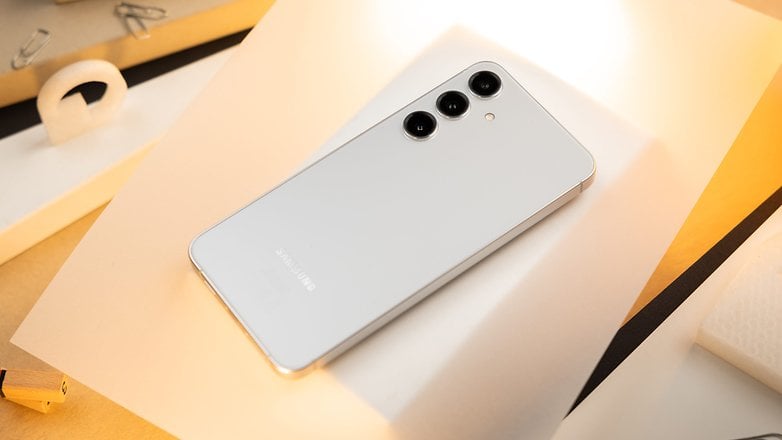
Despite the bigger display, the overall dimensions are roughly equivalent. The S24+ is slightly narrower and taller than the S23+, which keeps it easy to hold. The sides are flat, which makes the phone resemble an iPhone 12/13/14/15 (or 4) from certain angles. But the main design is clearly Samsung, with basically all 2023 and 2024 Galaxy phones—outside the two Ultras, two Foldables, and a single Xcover—looking the same.
The OLED display at first glance seems unchanged, but the Galaxy S24+ features an upgraded panel that bumps the resolution from 2340 x 1080 pixels (2.5 megapixels) to 3120 x 1440 (4.5 MP). By default, though, the phone comes set to 1080p to save on battery usage.
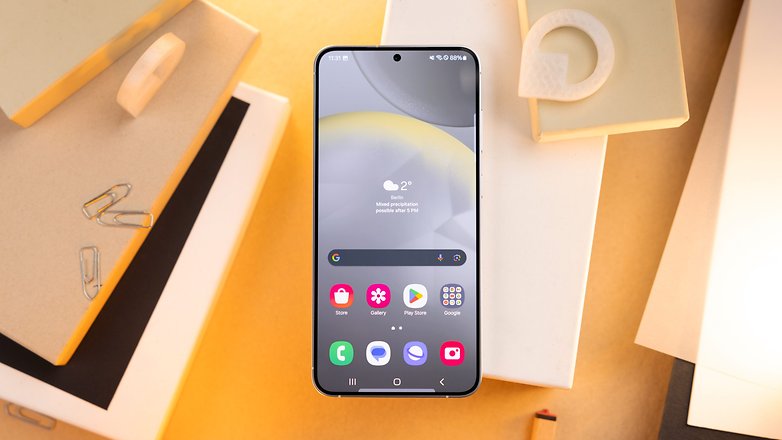
Another upgrade that can only be noticed after changing a setting is the higher peak brightness, which now reaches 2600 nits—up from 1750 nits in the S23+. As a result, outdoor usage is no problem in typical scenarios.
Software
Samsung's Galaxy S24 and S24+ run One UI 6.0 based on Android 14. In addition to countless AI features under the umbrella of "Galaxy AI", Samsung has made an impressive update promise.
Pros:
- Seven years of Android updates and security patches.
- Many new AI features for more productivity.
Cons:
- -
Let's start with the updates: Samsung promises that you'll get Android OS updates on the S24 and S24+ for seven years—and security updates for just as long. This means that you can still install Android 21 on your Galaxy S24 or S24+ in 2031. Or vice versa: If this promise had been made seven years ago, you would still be able to install Android 14 on your Galaxy S8 today.

The other and even bigger software topic on the Galaxy S24 is artificial intelligence. Samsung calls this "Galaxy AI" and uses the term to describe a colorful bouquet of AI features for productivity and the camera. For more detailed information about Samsung's AI, it's best to read our first test of the Galaxy AI—here we will only briefly list the most important features in the area of productivity.
- Circle to Search with Google: Activate a context search at any time by holding the Home button, which searches Google for content you have circled on the display.
- Transcription support and note assistant: Converts your meetings and conversations into text, summarizes them in various formats and sorts them into your notes.
- Samsung keyboard with typing assistant: Generates texts for you in different styles, from formal emails to text messages to friends & family to social posts including hashtags.
- Live translation on the phone: Both parties speak and hear their own language on the phone - the Samsung AI takes care of the live translation in between, including transcription.

Performance & battery
Our Galaxy S24+ review unit is the global version, equipped with the Exynos 2400 processor. US models are powered by the Snapdragon 8 gen 3 chip, which is generally faster, despite packing fewer CPU cores. But the main difference will be covered in another section.
Pros:
- Good daily performance.
Cons:
- Exynos chip gets hot, and thermal throttles.
- Exynos gaming performance is lower than Snapdragon’s.
The Exynos 2400 is a 10-core SoC produced on Samsung Foundry’s 4nm-class process. The rival Snapdragon 8 Gen 3 is an 8-core chip made with TSMC more efficient N4 process. That has a couple of consequences for daily usage. First, the operating frequencies are lower on the Exynos, which cancels its core advantage. Second, and most importantly, the energy efficiency is not as good as the Qualcomm chip.
| Galaxy S24+ (Exynos 2400) |
Galaxy S24 Ultra (Snapdragon 8 Gen 3) |
Galaxy S23 Ultra (Snapdragon 8 Gen 2) |
Galaxy S23 FE (Exynos 2200) |
Xiaomi 13T Pro (Dimensity 9200) |
iPhone 15 Pro (Apple A17) |
|
|---|---|---|---|---|---|---|
| 3DMark Wild Life Extreme Stress Test |
|
|
|
|
|
|
| 3DMark Solar Bay Stress Test |
|
|
|
|
|
|
| Geekbench |
|
|
|
|
|
|
Performance in social media, messaging, and other regular apps is similar to the Snapdragon-powered S24 Ultra, thanks to the fast UFS 4 storage and 12 GB of LPDDR5X RAM (up from 8 in the S23+). The under-display fingerprint reader is very fast, similar to past generations, and noticeably faster than optical alternatives.
Checking benchmark numbers, we see that the Exynos 2400 is close to but cannot challenge the Snapdragon 8 gen 3 for the Android performance throne.
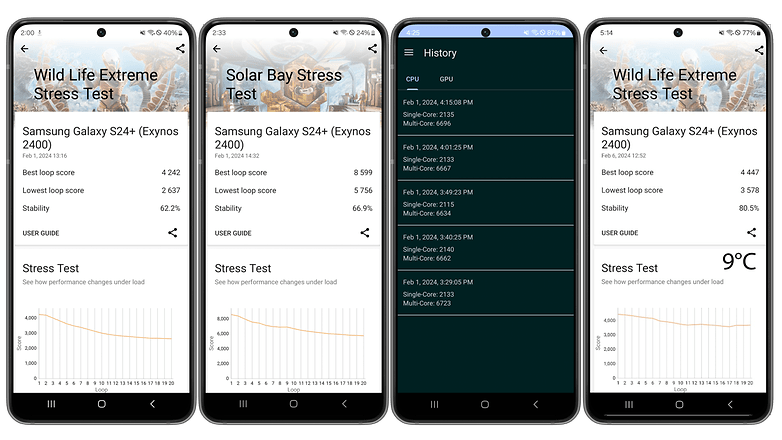
In gaming, the Galaxy S24+ offers mixed results. While ray tracing shows the Exynos 2400 easily beating the Snapdragon 8 Gen 3 in the 3D Mark Solar Bay test, thanks to the AMD RDNA GPU, the number of RT games on Android can be counted by any regular kindergarten attendee.
In more traditional games, the Exynos-powered S24+ performs halfway between the Snapdragon 8 Gen 2 and 8 Gen 3. Longer gaming sessions (or other long processing-heavy tasks) led to high temperatures that reached uncomfortable levels. The performance consistency on the 3D Mark stress test was a little bit better than on the S24 Ultra, but scores were still lower in the worst-case scenario, while the temperature readings were higher.
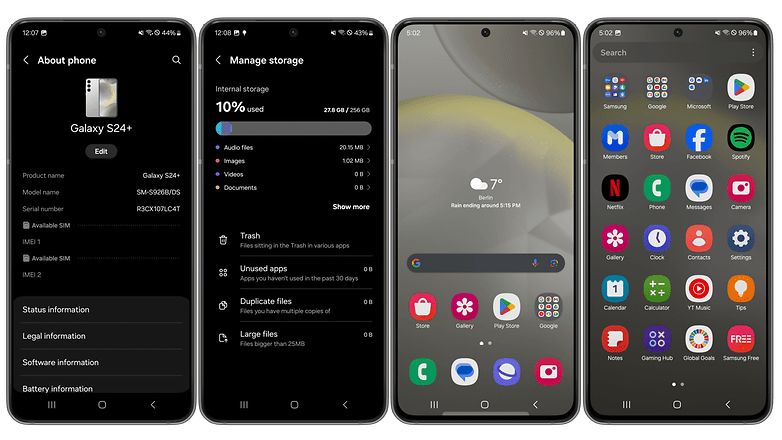
The Galaxy S24+ will obviously play Android games near their highest graphical settings, but longer sessions will inevitably lead to performance degradation due to thermal throttling, and what is worse, battery life won’t be as good as on the Snapdragon-powered S24 Ultra.
Camera
The camera department offers the same triple setup found in the S23+. The Galaxy S24+ has a 50 MP main camera, paired with a 12 megapixels ultrawide, and a 10 MP 3x zoom telephoto lens.
Pros:
- Great photos in daylight and the night with the main and telephoto cameras.
- Good selfies in daylight.
- Effective night mode.
Cons:
- No significant upgrades besides AI.
- Ultra-wide shots at night lack detail and color.
Photos taken with the main camera were excellent, both day and night, despite the not-ideal weather conditions. With a good level of detail and sharpness, even color reproduction seems more realistic than Samsung’s saturated past.
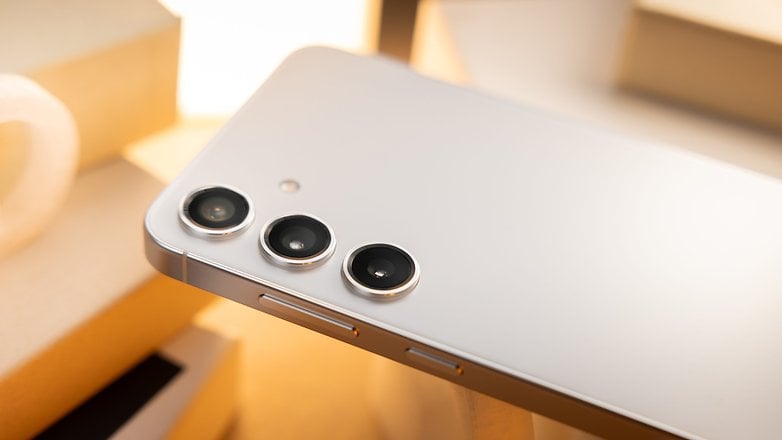
At night, reasonably lit scenarios also returned good pictures, and those in darker situations, such as those on the bridge, not only got an improvement in brightness but especially in sharpness with Night mode. The same benefit was also found in shots from the telephoto and ultra-wide cameras in the same spot. Blurry and noisy shots turned into usable pictures with more detail.
Zoomed shots were also very good, with similar colors as the main camera, but a slight decrease in sharpness. 30x digital zoom is available, but only results in smeared pixels, while 10x shots show a loss in detail but should be fine to post on social media.
Daylight ultra-wide shots were fine, with no issues with distortion or vignetting. Wide night shots, however, couldn’t hide the limitations of the small sensor. In those situations, it is worth trying retaking pictures with Night mode activated when stepping back is not possible.
The Galaxy S24+ had mixed results for selfies. While daylight shots were very good when it comes to sharpness and colors, night photos were not as sharp. Admittedly, the test scenario was very dark, to the point where mid-range phones completely failed. So you can interpret it as a “half-full cup” situation.
Samsung Galaxy S24+ battery
The S24+ features a 4900 mAh battery—a 200 mAh increase over the S23+—the improvement is welcome, but Samsung still tops at 45 W charging, resulting in longer charging times. And in the case of the Exynos model, battery life is noticeably worse than on the S24 Ultra with a Qualcomm chip.
Pros:
- Sufficient "more than a day" battery life.
Cons:
- Noticeably lower battery life than the Snapdragon model.
- No charger in the box.
- Supplied cable is rated only for 25 W.
- Maximum 45 W charging pales next to the competition.
Despite the pessimist paragraph above, battery life was much better than the S23 FE we tested a few days ago. In fact, the S24+ performed better than most of the phones we tested in 2023 in the PC Mark battery test, which simulates regular phone usage.
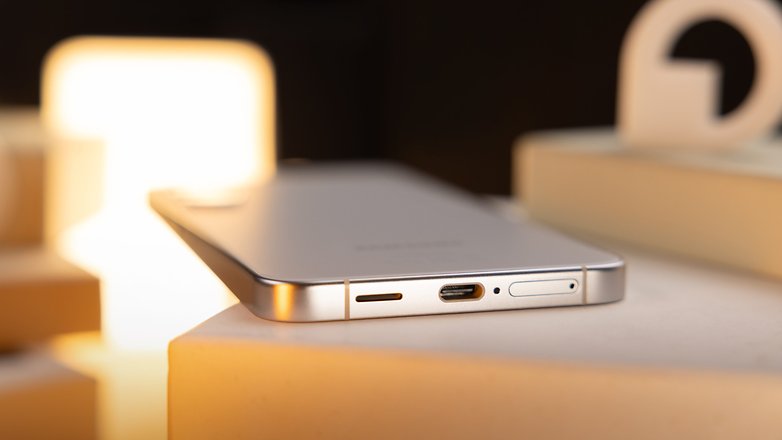
The S24+’s 15h6min runtime was slightly lower than the 15h21min scored by the (smaller capacity) S23+, but the score pales next to the S24’s Ultra’s 19h4min. Both phones were tested in similar display settings for resolution and brightness, and the 2% bigger battery on the Ultra doesn’t justify its 25% better battery life.
When it comes to charging, as in the past three seasons, the S24+ doesn’t come with a power adaptor. Samsung actually sampled a charger with the S24+ review unit, but it was a EP-TA800 model, rated for 25 W, not the 45 W the S24+ is capable of.
| Galaxy S24+ (EP-TA800 | 25W) |
Galaxy S24+ (Ugreen Nexode | 45W) |
Galaxy S24 Ultra (Ugreen Nexode) |
OnePlus 12 (SuperVOOC 100W) |
Xiaomi 13T Pro (HyperCharge 120W) |
Pixel 8 Pro | |
|---|---|---|---|---|---|---|
| 5 minutes |
|
|
|
|
|
|
| 10 minutes |
|
|
|
|
||
| 15 minutes |
|
|
||||
| 20 minutes |
|
|
||||
| 30 minutes |
|
|
|
|
|
|
| 1 hour |
|
|
|
|||
| Full charge |
|
|
|
|
|
|
| PC Mark Battery test |
|
|
|
|
|
|
Speaking of 25 W, the included EP-DN980 cable in the Galaxy S24+ packaging also tops at 25 W, the difference in total charging time is rather small, but when you only have a few minutes to power the device, there is a clear advantage in having a proper 45 W charger and cable as the table above illustrates.
Final verdict
The Galaxy S24+ is a small but welcome upgrade to Samsung’s flagship family. While it doesn’t push the market forward specs-wise, the company made big improvements in sustainability with improved software support and parts availability.
The display brought significant improvements, but battery life stayed the same despite a bigger battery. The camera is almost unchanged, but now packs lots of AI-powered edit options.
The S24+ has a few “one step forward, one step back” scenarios, but the worst is probably the choice of the Exynos 2400 chip in the global version. Its performance deficit can be forgiven, but not the noticeably worse energy efficiency. Curiously enough, the upgrades on the S24+ display and battery capacity helped highlight the better efficiency of the S24 Ultra’s Qualcomm chip.
But I digress, consumers won’t have the choice of a processor, and in the end, the Galaxy S24+ is still a very capable phone, regardless of chip. And Samsung needs to justify the price difference it charges on the much better S24 Ultra.
